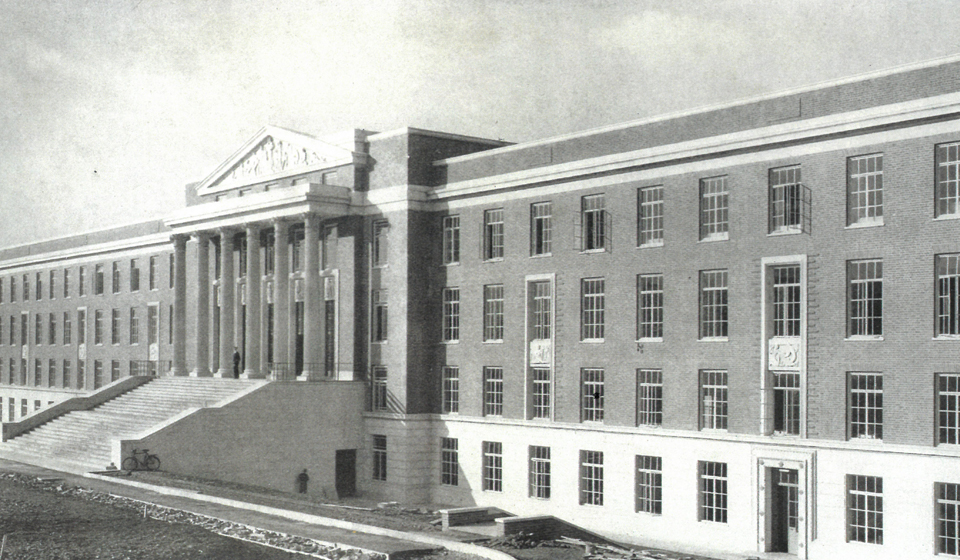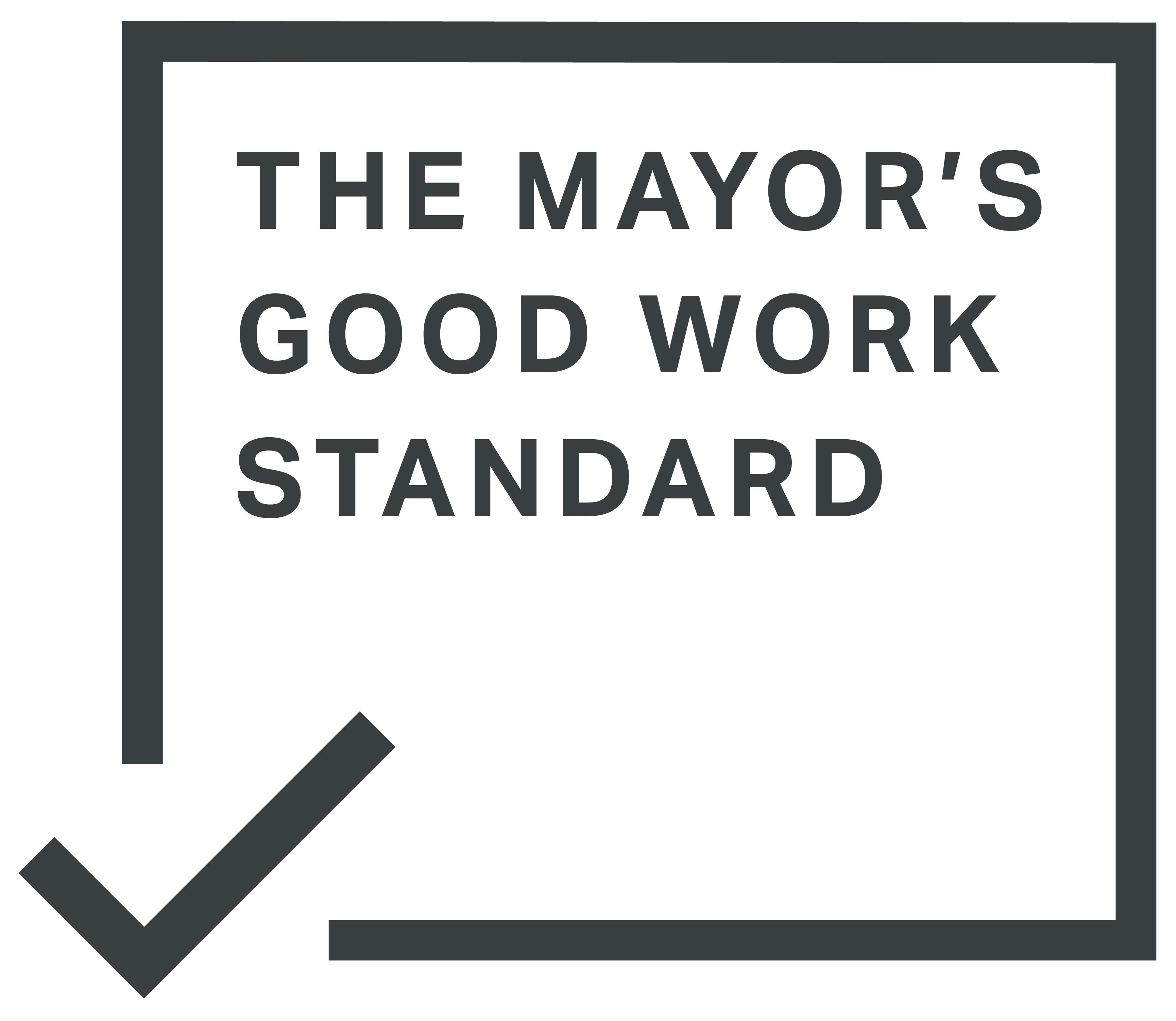“The technical high school is in its infancy. Its development will be watched with interest and perhaps from some quarters with less goodwill than other educational changes. If the problems that will inevitably accompany its growth are to be solved, freedom to experiment must be allowed. But the Committee look forward with confidence to the time when it will attain to its full and fitting stature in the educational system.” - Official Opening brochure, 1939.
After the opening of the Walthamstow and Leyton Day Schools in 1917 and 1918 respectively (Bray, 1947, p.2), the demand for technical education in the Essex region started to increase. As a result, the District Sub-committees officially recommended the construction of large technical colleges across Essex.
In 1933 the Education Committee made the decision to divide Essex County into four regions. These regions would each be served with a main technical college which would be surrounded by junior and senior evening institutes (South-West Essex Technical College & School of Art, 1939). Originally, in 1929, the locations identified for the colleges were Colchester, Chelmsford, Dagenham and Leyton. The first two at Colchester and Chelmsford had existing education centres that would be renovated and enlarged to meet the increased public demand and equipment required for modern technical education. The other two at Longbridge Road, Dagenham, and Gainsborough Road, Leyton were to be built new and would be named the South-East and South-West Technical Colleges respectively.
During the period from 1929 to the late 1930s, due to a severe crash in the United States stock markets, the world spiralled into the financial crisis known as the Great Depression. The depression had a huge knock-on effect on the export heavy British economy leading to a significant rise in unemployment (The Great Depression). The economic downturn meant that all large expenditures of public money were to be reviewed. This put the plans for the two new technical colleges at Leyton and Dagenham at risk, however, while it was decided to put the Leyton scheme on temporary hold, the site at Dagenham was given the go ahead owing to the lack of further education provision in that area (Bray, 1947, p.3) and was opened in 1936.
When the South-East Essex Technical College opened in 1936, the entry age to the Day School was lowered from 13 to 11. This was brought forward as a recommendation for the new South-West Essex Technical College. The Board of Education approved having two Day Schools (one for boys and one for girls) inside the College with a total enrolment capacity of 1000 (South-West Essex Technical College & School of Art, 1939). These two Day Schools would replace the existing Walthamstow and Leyton Technical Schools, as well as the Walthamstow Commerical school for Girls.
The Leyton College scheme was altogether abandoned in 1932 and the Committee approached Walthamstow Borough Council with the intention of purchasing a site alongside Forest Road near the Sir George Monoux Grammar School. The site, originally part of the Chestnuts Farm playing fields, was finally purchased and work could begin on architectural drawings and building plans.
Updates:
First published: 24/03/2021
Updated: 30/03/2021
Reference list:
Brain, J. The Great Depression. Available at: https://www.historic-uk.com/HistoryUK/HistoryofBritain/Great-Depression/ (Accessed: 7 March 2021).
Bray, W.R., (1947). The Country Should be Grateful - The War-time History of the South-West Essex Technical College and School of Art. Walthamstow: The Walthamstow Press Ltd.
South-West Essex Technical College & School of Art, (1939). Brochure of the Official Opening. [Scan of brochure obtained from College Amateur Operatic Society], 2019.
Researched and written by Thomas Barden













